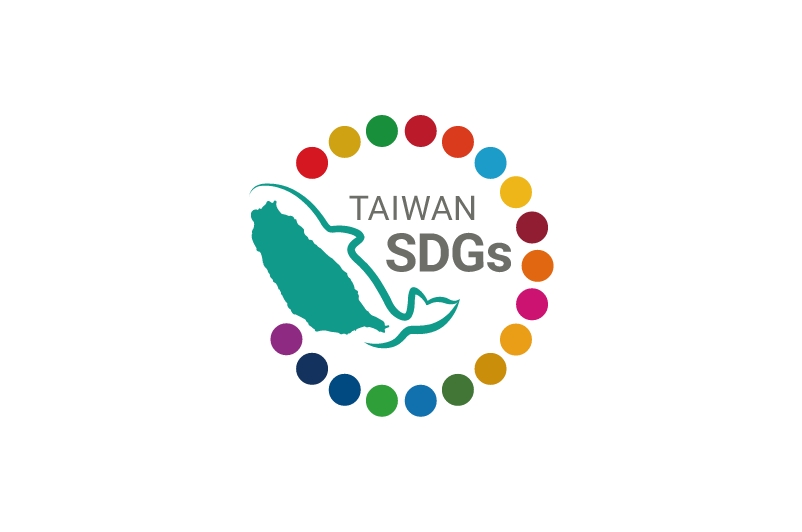
Established on 22 August 2023, the Environmental Management Administration (hereinafter referred to as EMA) will continue to uphold the spirit of environmental protection passed down by the former Environmental Protection Administration (EPA) with four visions for the future: “proper disposal of general waste,” “improvement of environmental hygiene and quality,” “technological law enforcement to protect the environment,” and “sustainable management of soil and groundwater."
The EMA oversees tasks related to environmental inspection and soil and groundwater remediation
With the upgrade of the EPA to the Ministry of Environment (MOENV), the EMB was formed by merging the Bureau of Environmental Inspection and the Soil and Groundwater Pollution Remediation Fund. It now oversees tasks related to general waste management, environmental hygiene, environmental law enforcement, and soil and groundwater pollution, among others.
In the area of general waste disposal, the EMA will continue to assist local governments in establishing and optimizing environmental facilities. It is promoting the upgrade and maintenance of incineration plants to ensure a stable incineration capacity. Through the revitalization and overhaul of landfills, it aims to increase landfills’ capacity for multiple functions, including temporary storage, sorting, diversion and transportation of waste, recycled aggregate banks, mechanical sorting, green energy generation, and packaging and temporary storage. This will allow landfills to play a new role as a buffer and adjustment facility. These public environmental facilities can generate approximately 3.7 billion kilowatt-hours of electricity annually, which can provide electricity for approximately 920,000 households for a year and reduce 1.85 million metric tons of carbon emissions. A triple-win of proper waste disposal, resource circulation, and energy transformation can therefore be achieved.
As for the improvement of environmental hygiene and quality, the EMA is promoting a policy to optimize the working environment for cleaning personnel by ensuring their clothing is easy to wash and wear and that their working environment is safe. This includes updating their uniforms and replacing or upgrading garbage trucks. A platform for occupational safety promotion has also been established to comprehensively care for the more than 35,000 unsung heroes nationwide who maintain the cleanliness of our environment. Additionally, funding will be allocated for repairing or constructing public restrooms, incorporating smart management and the concept of green energy and carbon reduction. This will enhance existing restrooms and achieve the goal of making public restrooms clean, dry, and odor-free, ultimately improving the image of the nation’s restrooms and overall environmental hygiene while also promoting tourism.
Regarding technological environmental law enforcement, the EMA will focus on pollution prevention and prioritize remote enforcement as an important policy. It will adopt a forward-thinking approach in planning strategies for comprehensive environmental improvement, including the development of “smart fence systems” for air, water, and waste pollution, as well as diversifying the methods for environmental impact assessment inspection to move forward with remote enforcement. In addition, the EMA will assist local governments in increasing inspection personnel. A multi-pronged approach of using digital technology for pollution prevention, enhancing inspection capacity, and enabling real-time response at pollution sites will be taken to prevent the spread of pollution.
As for sustainable management of soil and groundwater, the EMA will utilize the Soil and Groundwater Pollution Remediation Fund to integrate resources across domains. It aims to establish long-term and effective monitoring and warning procedures to protect soil and groundwater. The goal is to prevent contamination at the source and protect farmland. In addition to promoting comprehensive site pollution remediation, it is also addressing the challenges posed by climate change by promoting green, sustainable and resilient remediation concepts and techniques. Moreover, the EMA is promoting the allocated utilization of national (public) lands and inter-ministerial cooperation. It is assisting environmental authorities and site owners to implement risk management, improvement and utilization operations. This is aimed at increasing the proportion of land resources that can be reused, ultimately achieving sustainable land use.
Future outlook
Looking ahead, the EMA will allocate NT$4.25 billion in 2024 for key tasks, including optimizing environmental facilities, transforming landfills, ensuring the cleanliness of forests and coastlines, caring for cleaning personnel, improving environmental hygiene, promoting high-quality public restrooms, applying technology to environmental law enforcement, sustainable management of soil and groundwater resources, and establishing an environmental management cloud to enhance the overall environmental quality nationwide.
The EMA stated that it would promote communication about the legislation of Environmental Quality Enhancement Act to create high-quality environments, enhance the effectiveness of general waste removal and disposal, and improve environmental hygiene and the quality of life for citizens. It will effectively utilize public construction projects, social development plans, and the Soil and Groundwater Pollution Remediation Fund to further upgrade environmental management, giving Taiwan a better environment.
Sources:MOENV
